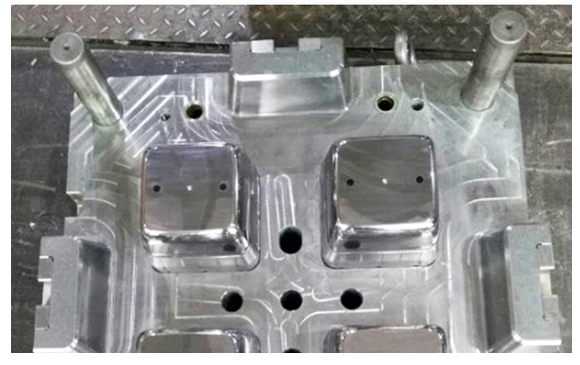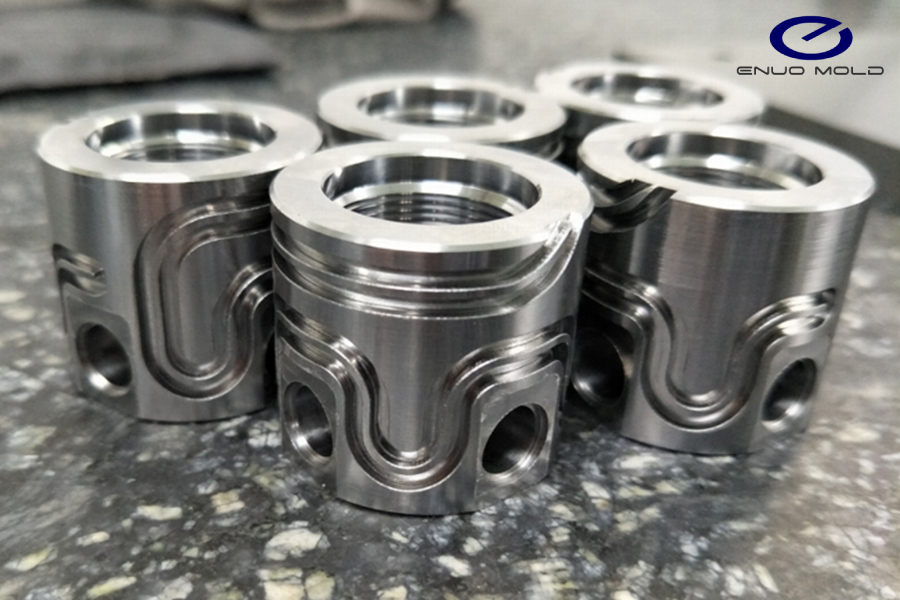1. Master mold production: There are many materials for the master mold. Generally, the material for the master mold is required to be easy to shape, easy to rest, and have the characteristics of good stability. Such as wood, plaster, wax, etc. We usually use wood. According to the product drawing or mold drawing, the woodworker will make the wooden master mold.
2. Refurbishment of the main mold: The main mold must be repaired before the production mold can be rebuilt. Finishing includes putting putty, shaping, size correction, and reinforcement. This process is mainly to do basic treatment on the surface and the whole of the wooden mold to ensure that the size and form of the wooden mold are consistent with the drawings.

3. Surface treatment of the main mold: In this process, there are spraying gel coat, gel coat curing, grinding, polishing, waxing and so on. Spray the gel coat on the master mold processed in the previous process, and then wait for the gel coat to cure. After the gel coat is cured, sand the surface of the gel coat with sandpaper. Generally, from dozens of coarse sandpaper to a thousandth of fine sandpaper. After sanding the sandpaper, start to polish the mold, and finally put on the release product. Up to this point, the production of the master model is over. Then you can use the master mold to make the production mold. Many materials and tools are used in this process. Wood and corresponding woodworking utensils are necessary. In addition, there are also: putty (also called putty), sandpaper, from dozens of coarse sandpaper to more than 1,000 fine sandpaper, gel coat (generally use product gel coat), mold cleaner, sealing agent, Polishing paste, mold release wax, etc.
In addition, some small tools such as sanders, polishing wheels, gel coat spray guns, air pumps (or other air sources) are also used.
4. Reproduction of the production mold: After the release wax is applied to the main mold, the production mold can be rebuilt. The production process is as follows:
⑴Spray mold gel coat: Since the production mold is started, mold gel coat with better performance must be used to ensure the final effect of the mold. And it is required to spray to a certain thickness.
⑵Mold layering: After the mold gel coat is initially solidified, the layering can be started. Laying process should not be too fast, generally 2-3 layers of fiberglass cloth or fiberglass felt a day. A certain amount of mold resin is used for layup. The performance of this resin is better than that of ordinary resins. During the laying process, the workers need to mix glue, that is, add an accelerator and a curing agent to the resin, and then use a glue tool to spread the glue, spread a layer of glass fiber fabric, and apply a layer of glue. At the same time, use iron rollers to flatten the fabric. Remove the bubbles and make the glue even. When the specified thickness is reached, the ply is finished. Under normal circumstances, the thickness of the mold should reach 3-5 times the thickness of the product. Therefore, the laying time is generally longer, which can last for 6-7 days.
⑶ Mold curing and reinforcement: The mold can be cured naturally or heated to cure, but it is generally best to have a natural curing period. After the natural curing period, the mold must be reinforced so that the mold will not be damaged during the production process
⑷ Surface treatment of the production mold: After the production mold is cured to the required time, it can be removed from the main mold. The mold-drawing method can be manually or high-pressure air. The production mold after mold release also needs to be surface treated, including sanding paper, polishing, scribing process lines, and releasing products. After the release product is laid, it can be used to produce the product.

The materials used in this stage are: mold gel coat, mold resin, common resin; curing agent, accelerator; glass fiber surface mat, glass fiber felt, glass fiber cloth; fine sandpaper, mold cleaner, sealing agent, polishing Paste, release products (release wax, semi-permanent release agent, etc.).
The tools used are not only the mold processing tools, but also the layup tools: such as rubber rollers, rubber brushes, iron rollers, etc.
Mold making is a delicate and long process. Generally, the production cycle of a mold is close to one month before and after.
Post time: Apr-01-2021








